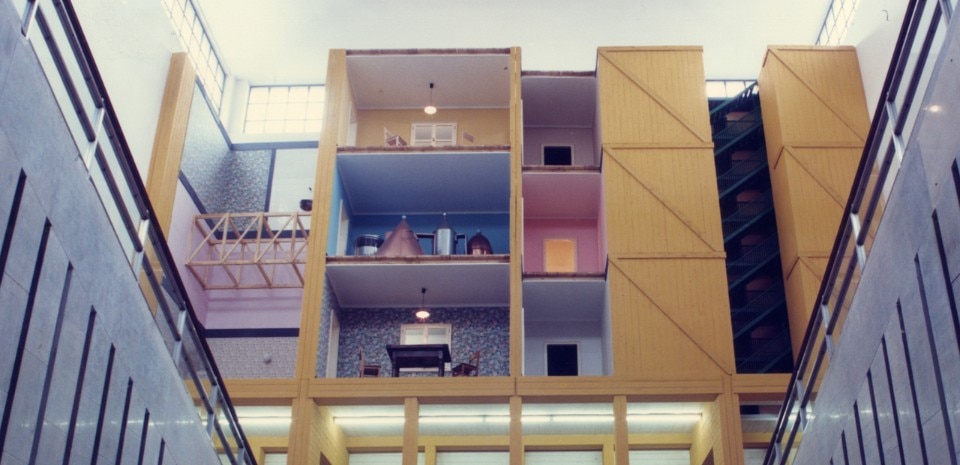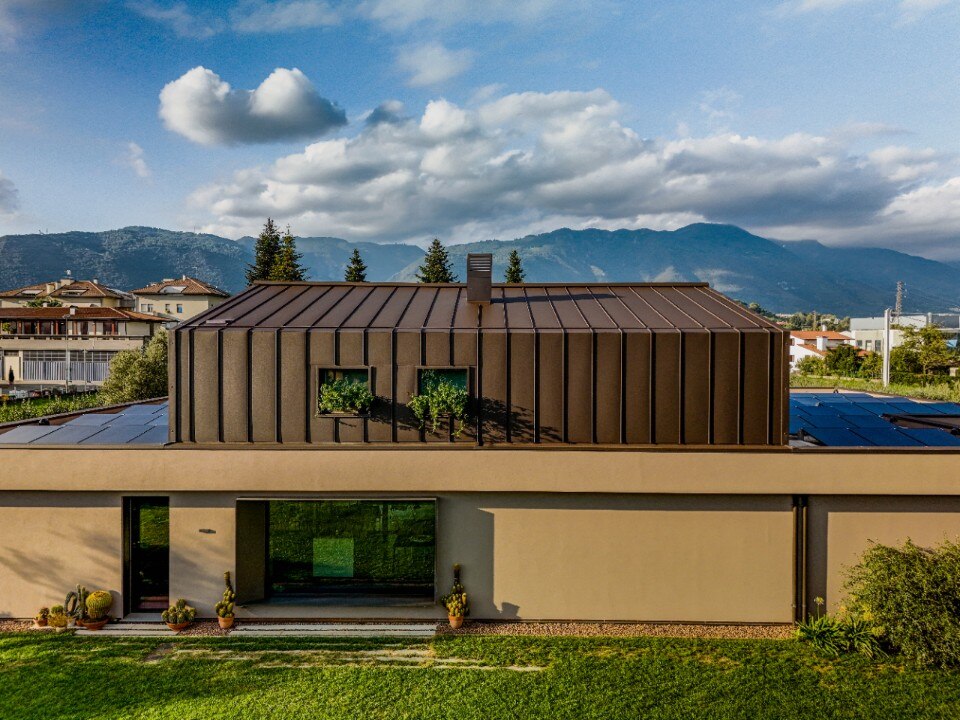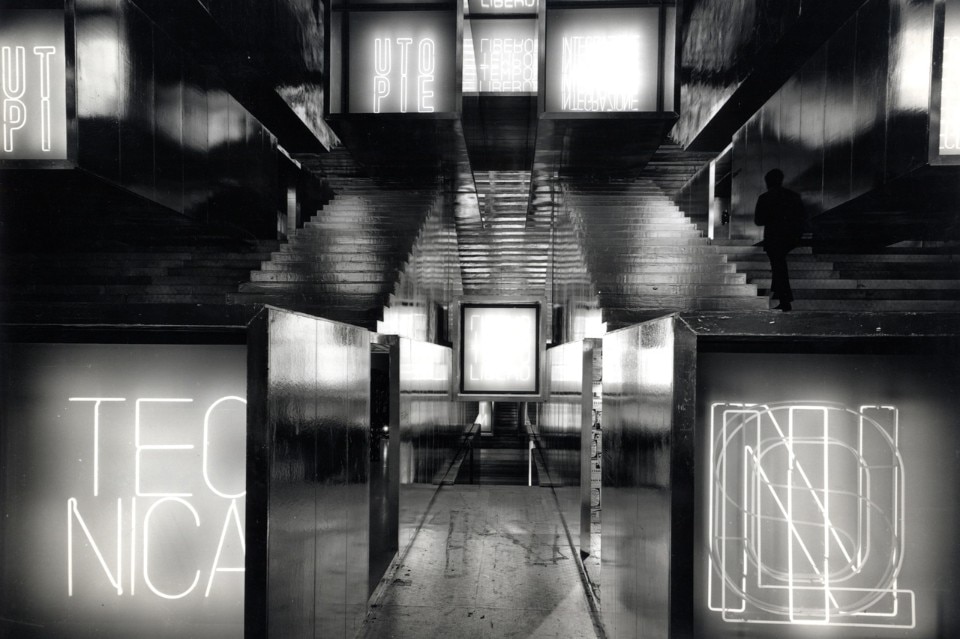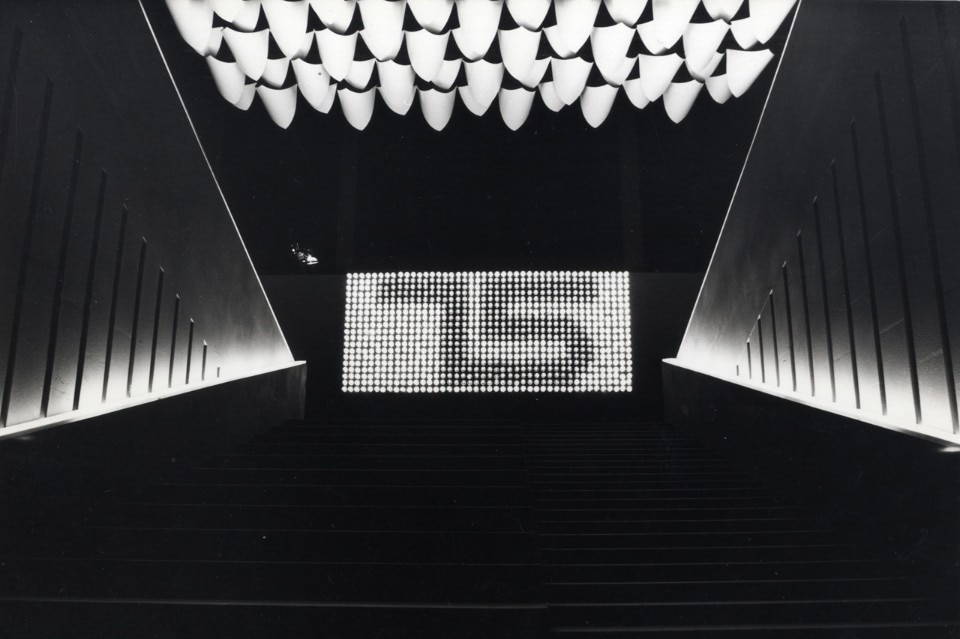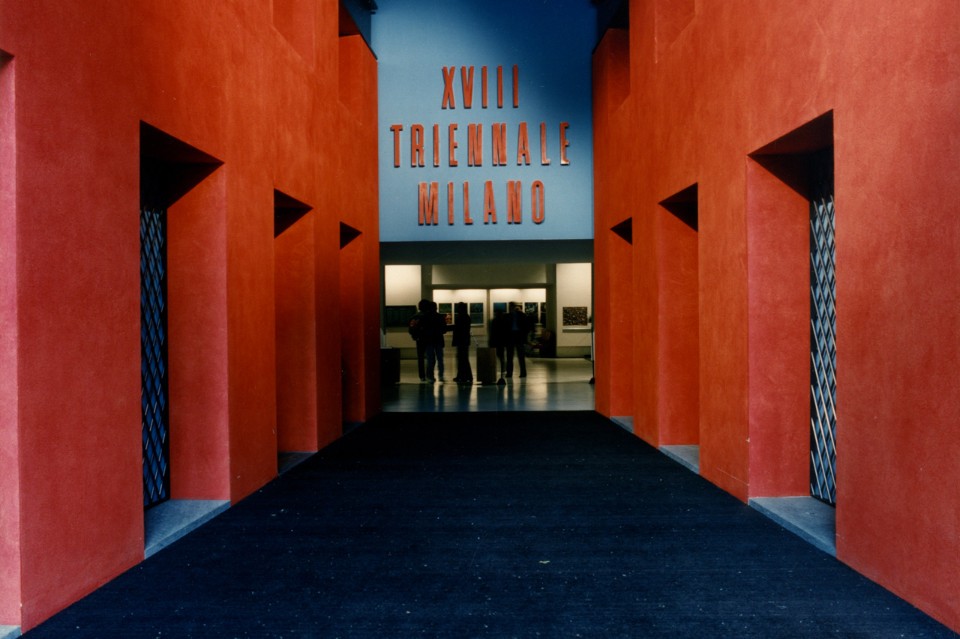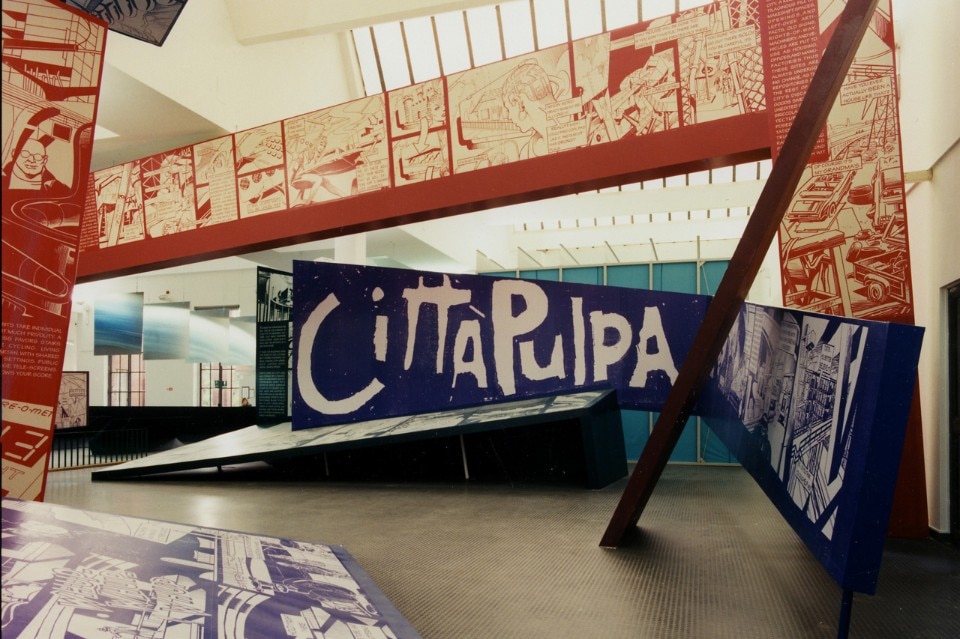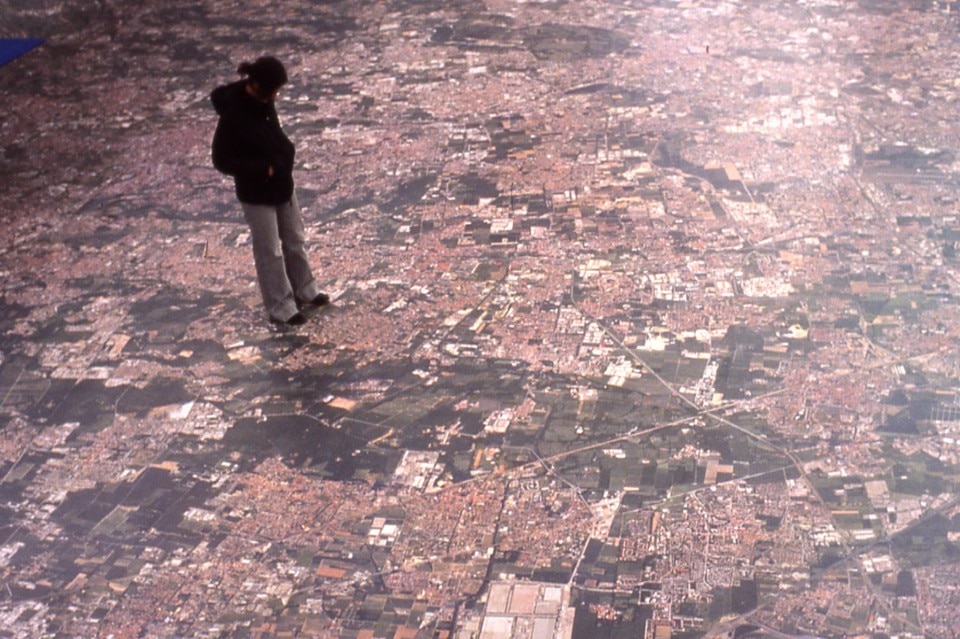The spread of design skills throughout the various countries of the world (from Europe to America, Asia and Africa) and the development of a global market; the increasingly transversal nature of design and the breaking down of disciplinary boundaries between design, architecture, communication, landscape, the visual arts, etc., and new interactions between different skills will be the main themes of the International Exhibition.
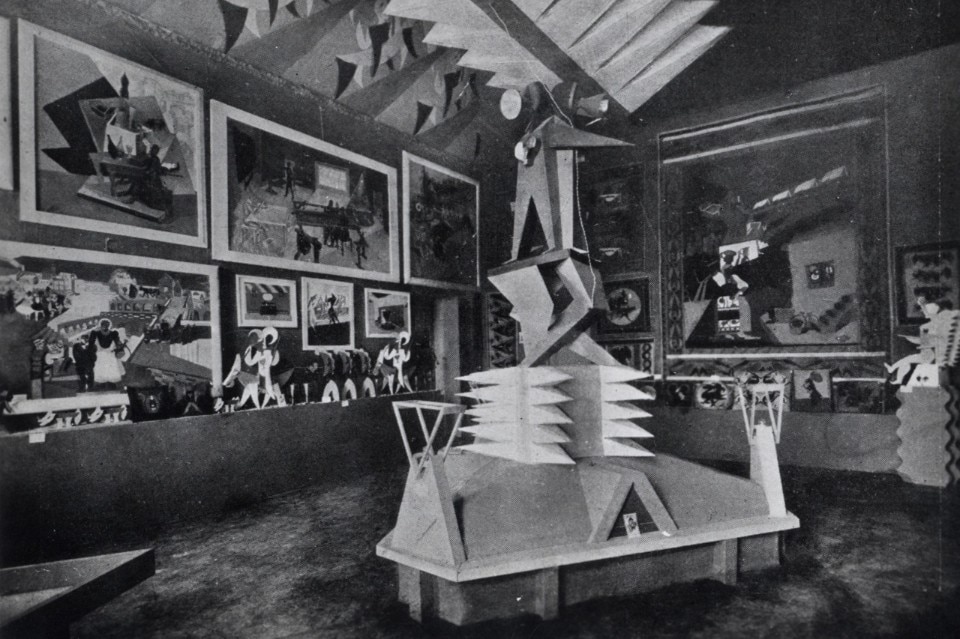
“Design After Design” will tel about the rise of new communication technologies, the dramatic reduction in their cost (which will be even greater in future), the expansion of individual mobility, the presence of a common language, the need to find productive outlets for design, and the presence of an alternative market generated by the Internet all enable designers, now free from the constraints of production, to experiment with the most daring and innovative solutions.
In this context, research is no longer a solitary practice, or a two-way practice between designer and principal, but rather a circular activity, involving a variety of skills and cultures, not necessarily all in the world of production and technology, but in that of art, science, philosophy and design, which does not just lead to a product or an object to be manufactured. It is therefore important to deal with the changes inherent in the very idea of project development.
We can also consider the dual meaning of the term “after” for an assessment of the near future: an “after”, in the sense of design made subsequent to, or in spite of, the twentieth century, which is to say a vision that muscles its way in as an antagonist, despite the persistence of conditions brought about by the previous century.
Design has abandoned its view of constant change in products and trends in the service of the market and now wants to be seen as the opposite of the ephemeral. This means it needs to take a different approach to a number of aspects that have always been part of the design world: intellectual property and copyright, training and education, the city and the environment, the profession and technologies.
The questions in search of answers are: how does the figure of the designer change in this new scenario? How is it possible to focus on the complex ecosystem that is emerging from the contrast between the reasoning behind mass production and that of new forms of Post- Fordist organisation? What is the best way to describe the profile of the designer with regard to the increasingly close links with forms of social innovation that focus on the community and on local areas and cultures? What things, what cities, what communities do we want to leave to our heirs? What design after design? Why design after design? Where design after design? When design after design?
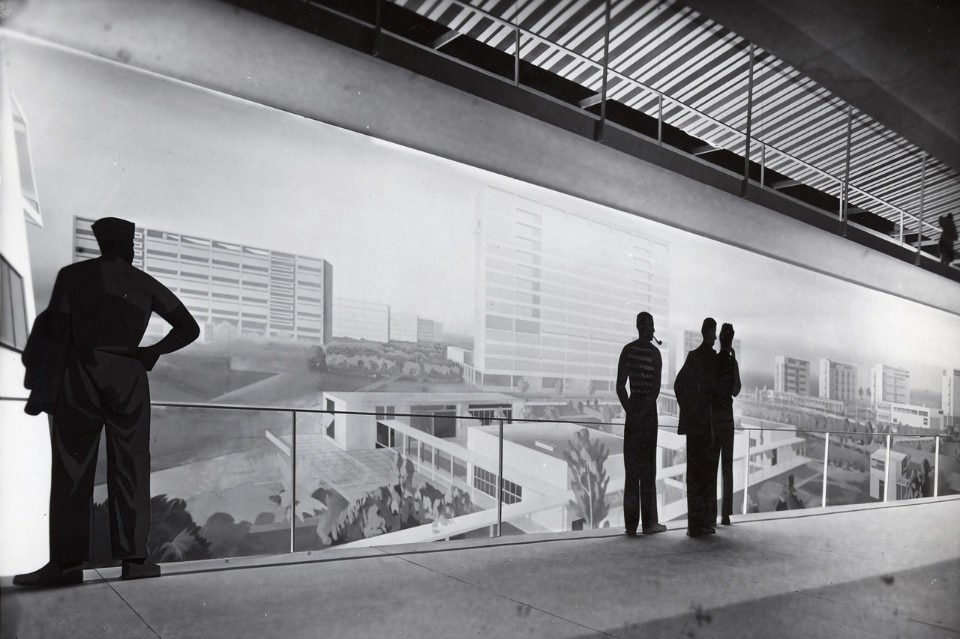
For five months, the Palazzo dell’Arte, which is home to La Triennale di Milano, will become the epicentre of the multidisciplinary events of the XXI International Exhibition in 2016. It will involve the entire city of Milan, all the way to Monza, which is where the first international exhibitions were held.
Participation is not limited to nations, but is open to Italian and foreign cities and regions, universities and schools, young professionals and companies.
Each venue (La Triennale di Milano, Fabbrica del Vapore, HangarBicocca, Museo delle Culture, the Politecnico University, IULM University, Villa Reale di Monza) will have its own curator for a thematic exhibition. This Triennale without walls will be an opportunity to experiment with new display methods, creating a territorial laboratory for discussion and the creation of narratives.
The design component must be included not as a solution to problems, but as a theatrical representation of an unknown reality. A multidisciplinary approach, involving design and architecture, art and technology, anthropology and entertainment, will make it possible to portray new forms of expression, allowing all participants to interact with visitors.
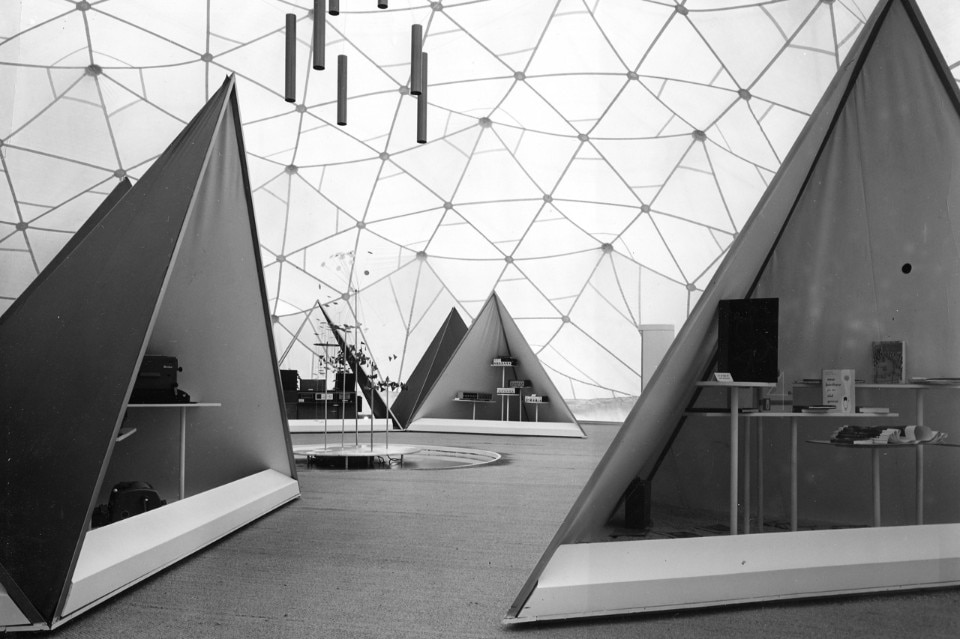
from April, 2 to September, 12 2016
XXI Triennale International Exhibition
21st Century. Design After Design
La Triennale di Milano
viale Alemagna 6, Milano
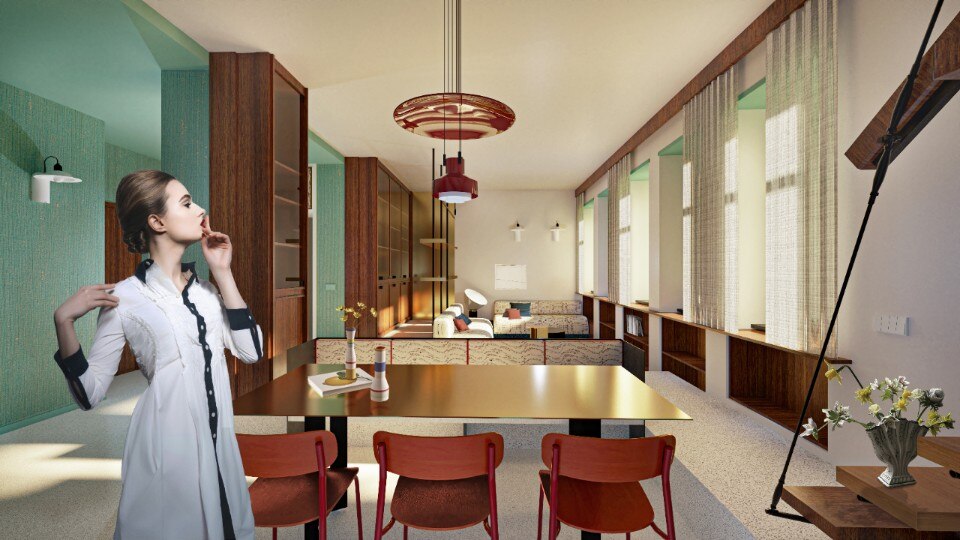
For a new ecology of living
Ada Bursi’s legacy is transformed into an exam project of the two-year Interior Design specialist program at IED Turin, unfolding a narrative on contemporary living, between ecology, spatial flexibility, and social awareness.


